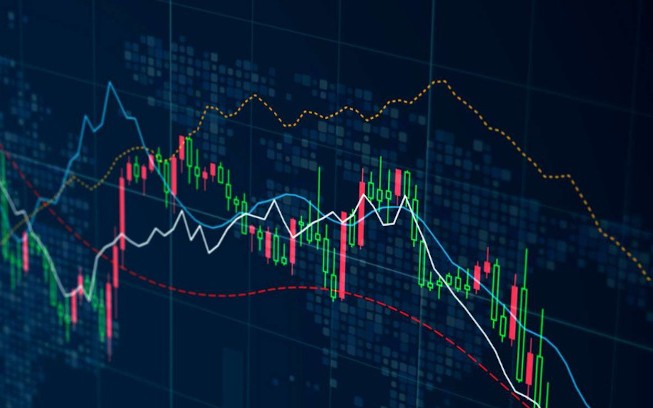
Understanding Forex Trading: A Comprehensive Guide
Forex trading, also known as foreign exchange trading, involves the buying and selling of currencies on the foreign exchange market with the goal of making a profit. It is one of the largest and most liquid financial markets in the world, with a daily trading volume exceeding $6 trillion. The Forex market operates 24 hours a day, five days a week, providing ample opportunities for traders. Whether you’re a beginner or an experienced trader, understanding the intricacies of Forex trading can help you navigate this dynamic marketplace. For more information on Forex trading strategies and tips, visit forex trading explained FX Trading UZ.
What is Forex Trading?
Forex trading involves the exchange of one currency for another, enabling traders to capitalize on fluctuations in currency value. For example, you might trade the euro (EUR) against the US dollar (USD). If you believe the euro will strengthen against the dollar, you would buy euros with dollars. If the euro rises in value, you can sell it back for dollars at a profit.
Key Terms and Concepts
Currency Pairs
In Forex trading, currencies are traded in pairs, such as EUR/USD or USD/JPY. The first currency in the pair is known as the base currency, while the second is the quote currency. The exchange rate indicates how much of the quote currency is needed to purchase one unit of the base currency.
Bid and Ask Prices

The bid price represents the maximum price a buyer is willing to pay for a currency, while the ask price is the minimum price a seller will accept. The difference between these two prices is known as the spread, and it is a key component of trading costs.
Pips
A pip (percentage in point) is the smallest price movement that a currency pair can make. Most currency pairs are quoted to four decimal places, with a pip representing a movement of 0.0001. For example, if the EUR/USD currency pair moves from 1.1000 to 1.1001, it has moved one pip.
How to Get Started in Forex Trading
1. Choose a Trading Platform
Selecting a reliable trading platform is crucial for your Forex trading journey. Platforms like MetaTrader 4 and MetaTrader 5 offer user-friendly interfaces, advanced charting tools, and a variety of technical indicators to help traders analyze the market.
2. Open a Trading Account
To start trading, you will need to open a Forex trading account with a broker. There are various types of accounts available, including demo accounts for practice and live accounts for real trading. Be sure to choose a broker that is reliable, well-regulated, and offers competitive spreads.
3. Learn Technical and Fundamental Analysis

Successful Forex trading requires an understanding of both technical and fundamental analysis. Technical analysis involves studying price charts and using indicators to predict future price movements. Fundamental analysis, on the other hand, focuses on economic indicators, news events, and geopolitical factors that can affect currency values.
Developing a Trading Strategy
A well-defined trading strategy is essential for success in Forex trading. Your strategy should outline your trading goals, risk tolerance, and the specific methods you will use to enter and exit trades. Some popular trading strategies include scalping, day trading, swing trading, and trend following.
Risk Management
Proper risk management is crucial to protect your trading capital. This includes setting stop-loss orders to limit potential losses and adjusting your position sizes based on your account balance and risk tolerance. Successful traders often recommend not risking more than 1-2% of your trading account on a single trade.
Staying Informed
The Forex market is influenced by a variety of factors, so staying informed about global economic events is vital. Subscribe to financial news outlets, follow economic calendars, and keep track of major economic indicators, such as employment reports, interest rate decisions, and inflation data. Understanding these factors will help you make informed trading decisions.
Conclusion
Forex trading can be a rewarding but challenging endeavor. As with any financial market, it is essential to approach Forex trading with a solid foundation of knowledge, a well-defined strategy, and sound risk management practices. By investing time in learning and practicing your trading skills, you can increase your chances of success in the Forex market. Remember, patience and discipline are key traits of successful traders, so take your time to develop your strategy and never stop learning.